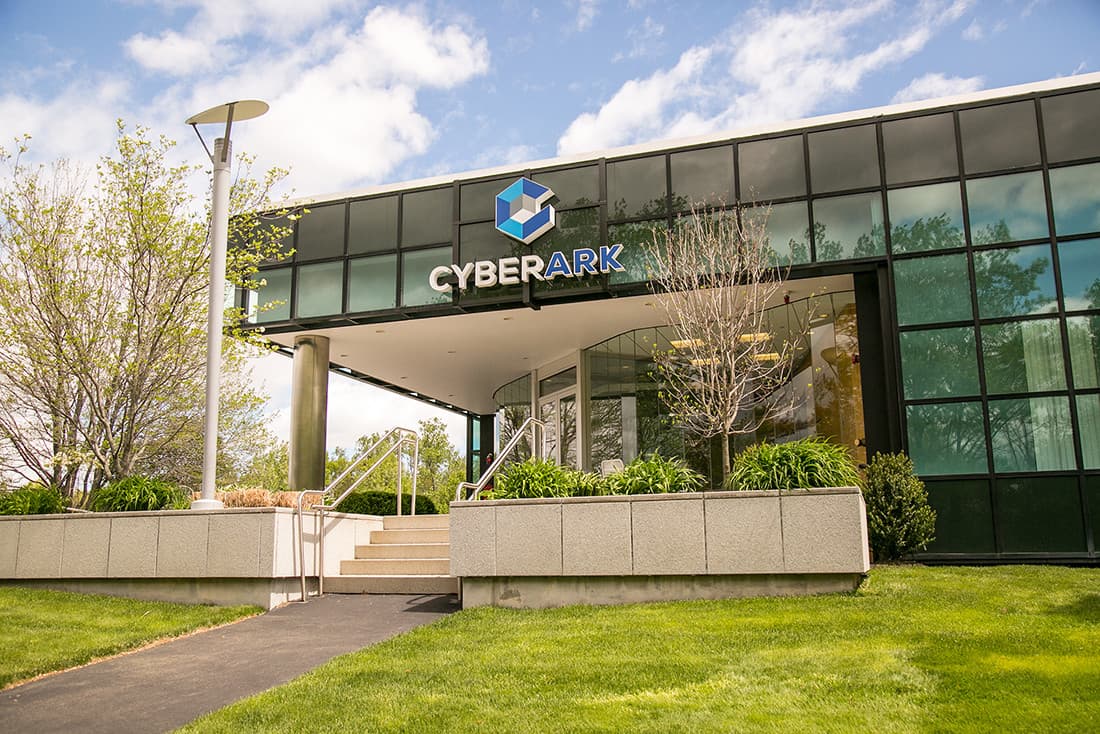Introduction to CyberArk
CyberArk, a leader in privileged access security, is at the forefront of safeguarding digital identities in today’s rapidly evolving cyber threat landscape. With a focus on protecting organizations from cyber attacks that exploit privileged accounts, CyberArk offers advanced solutions to secure and manage privileged access across cloud, hybrid and on-premises environments. As businesses increasingly rely on digital identities to enable seamless operations, CyberArk’s comprehensive platform provides essential protection against data breaches and insider threats.
One of the key aspects that sets CyberArk apart is its proactive approach to identity security. By integrating machine learning and artificial intelligence technologies, CyberArk helps organizations detect and respond to suspicious activities before they escalate into full-fledged security incidents. Additionally, CyberArk’s robust capabilities extend beyond traditional authentication methods, enabling organizations to implement adaptive access controls that dynamically adjust based on user behavior and risk factors. As digital identities become inherently interconnected with every aspect of modern business operations, CyberArk Training empowers enterprises with the tools necessary to fortify their defenses against emerging cyber threats while maintaining operational agility.
CyberArk Architecture and Components
The architecture of CyberArk is the cornerstone of its robust digital identity protection capabilities. At its core, CyberArk’s architecture comprises several key components, including the Credential Vault, Privileged Session Manager, Privileged Threat Analytics, and Application Identity Manager. Each component plays a unique role in securing and managing digital identities within an organization’s IT infrastructure.
One of the key aspects of CyberArk’s architecture is its emphasis on scalability and flexibility. The platform is designed to seamlessly integrate with an organization’s existing IT environment, whether on-premises or in the cloud. This allows for comprehensive protection of privileged accounts and credentials across a broad range of systems, applications, and infrastructure.
Furthermore, CyberArk’s architecture includes advanced security features such as real-time threat detection and analytics to proactively identify potential risks to digital identities. The integration of these components creates a cohesive ecosystem that empowers organizations to safeguard their critical assets from internal and external threats effectively. Understanding the intricate web of CyberArk components is crucial in implementing a comprehensive digital identity protection strategy that aligns with modern cybersecurity requirements.
Understanding the roles of various components such as Vaults, CPMs, PVWAs, and PSMs
Vaults, CPMs, PVWAs, and PSMs play pivotal roles in the CyberArk ecosystem. Vaults serve as the secure repositories for sensitive credentials and digital identities, ensuring that access is tightly controlled and audited. The Central Policy Manager (CPM) acts as the guardian of policies governing privileged account access, enforcing rule-based controls and automating security protocols to minimize human error.
Privileged Session Managers (PSMs) provide a secure gateway for accessing critical systems without exposing credentials to end users or compromising security. On the other hand, Privileged Account Security Solutions (PVWAs) act as interfaces between administrators and the vault, providing a user-friendly platform to manage privileged accounts securely. Understanding these distinct components not only allows organizations to fortify their cybersecurity measures but also enables efficient management of privileged access across complex IT infrastructures.
Understanding the importance of privileged access security
Privileged access security is a critical component of any organization’s cybersecurity strategy, yet its importance is often overlooked. In today’s digital landscape, cyber threats are becoming more sophisticated, making it imperative to safeguard privileged accounts and ensure they are not compromised. By understanding the significance of privileged access security, organizations can mitigate the risk of data breaches and unauthorized access to sensitive information.
One key insight into privileged access security is the concept of least privilege, which emphasizes providing users with only the minimum level of access required to perform their specific tasks. This approach significantly reduces the likelihood of insider threats or external attackers gaining unauthorized access to critical systems and data. Moreover, privileged access security plays a vital role in compliance with industry regulations and standards, ensuring that businesses uphold data privacy laws and protect sensitive information from potential breaches.
Another perspective on the importance of privileged access security lies in proactive threat detection and response capabilities. By implementing advanced techniques such as real-time monitoring, anomaly detection, and behavioral analytics, organizations can swiftly identify suspicious activities associated with privileged accounts and take timely action to prevent potential security incidents. Through a proactive approach to privileged access security, businesses can strengthen their overall cybersecurity posture and maintain trust among stakeholders while effectively combating evolving cyber threats.
Advanced Topics in CyberArk
In the realm of Advanced CyberArk Techniques, Privileged Session Management (PSM) plays a pivotal role in fortifying security measures. By employing PSM, organizations can efficiently monitor and control privileged access to critical systems and resources. This advanced feature not only enhances security posture but also provides detailed session recording capabilities, enabling organizations to track and audit privileged user activities comprehensively.
Another cutting-edge concept within CyberArk is Application Identity Manager (AIM), which offers a sophisticated approach to managing application-to-application credentials securely. AIM facilitates the secure storage and rotation of application credentials, reducing the risk of unauthorized access or misuse. Furthermore, AIM empowers organizations with automated credential management for seamless operations while maintaining robust security protocols.
Moreover, Role-Based Access Control (RBAC) emerges as a game-changer in advanced CyberArk techniques by allowing organizations to define and enforce precise privileges based on roles rather than individual users. This approach not only streamlines access management but also minimizes the potential for human error or oversight in assigning permissions. With RBAC, organizations can fine-tune their security controls while optimizing operational efficiency.
Conclusion
In conclusion, mastering advanced CyberArk techniques is crucial for effectively safeguarding digital identities in today’s complex technological landscape. By employing privileged access management strategies and leveraging the latest innovations in identity security, organizations can build a robust defense against potential cyber threats. It’s imperative to continually evaluate and enhance cyber defense mechanisms, staying ahead of evolving cybersecurity challenges.
As the digital realm continues to expand, the significance of protecting digital identities becomes even more paramount. Incorporating a proactive approach that encompasses multi-factor authentication, threat intelligence integration, and continuous monitoring will be essential. Ultimately, prioritizing advanced CyberArk techniques will not only fortify an organization’s security posture but also instill confidence among stakeholders in their ability to securely navigate the digital world.





